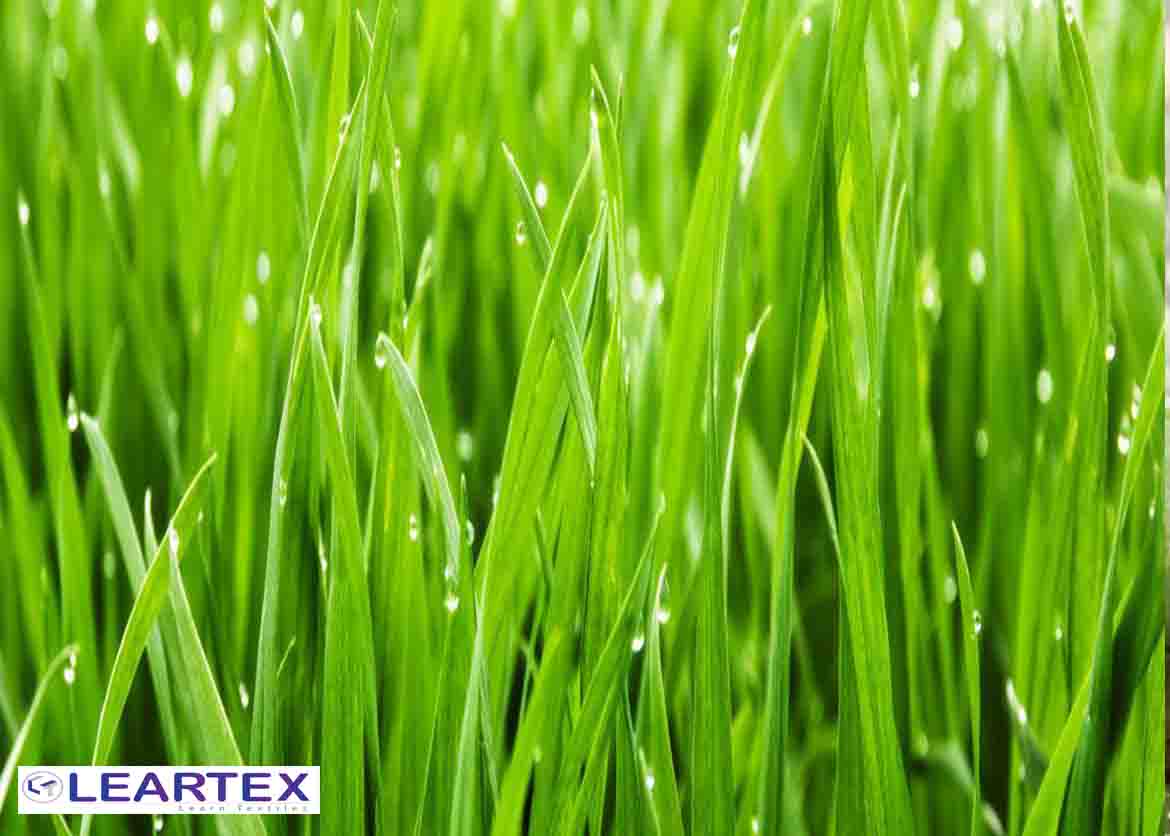
Sugarcane Fiber is also known as Sugarcane Bagasse Fiber. Bagasse is the dry pulpy fibrous residue that remains after sugarcane or sorghum stalks are crushed to extract their juice. It is used as a biofuel for the production of heat, energy, and electricity, and in the manufacture of pulp and building materials.
A typical chemical analysis,
- Cellulose 45–55 percent
- Hemicellulose 20–25 percent
- Lignin 18–24 percent
- Ash 1–4 percent
- Waxes <1 percent
Sugarcane Fiber
The extraction of bagasse fibers from sugarcane rind is performed in two different steps: mechanical separation and chemical extraction. Several factors are considered such as solutions of sodium hydroxide with different concentrations and time of reaction. One of the reasons for increasing attention to bagasse is the disposal of agricultural residues and the need for boosting the sugarcane industry’s profits.
While the sugarcane fiber has been accepted by textile industries, there are still certain qualities, which are desirable for a fiber to be useful for textile purposes. Some of the basic requirements include the length of the fiber, which should be several hundred times the width, as this ensures that the fibers can be twisted together to form a yarn. The actual length of the fiber is also significant. The bagasse fiber can be noticeably long, but it should not be shorter than 6 to 12 mm. If the fiber is not of the desired length it might not hold together.
The length of extracted fiber bundles depends on extraction conditions and the extraction process. The fineness of the fabric is determined by the width of the fiber bundles. The bagasse fibers must also be strong to withstand spinning and weaving processes. fiber strength is typically determined by tensile strength referred as ‘tenacity’. Tenacity is the breaking load in grams divided by the linear density. Linear density, the mass or weight of a unit length of the fiber, is given as grams per 1000m and called ‘tex’, or as grams per 9000m and called ‘denier’. The tenacity of the sugarcane fibers also varies as per the extraction conditions.
Conclusion
There are several benefits of garbing in fabric made out of sugarcane fiber. Sugarcane and its by-products contain essential amino acids and enzymes necessary to fuel and rejuvenate our bodies. There has been a global acceptance of sugarcane fiber. Even with the advantages aside, the fall and the look of the fiber have encouraged the apparel world to choose sugarcane fibers over other synthetic fibers.
References:
